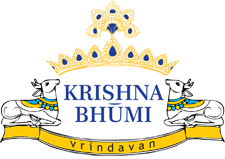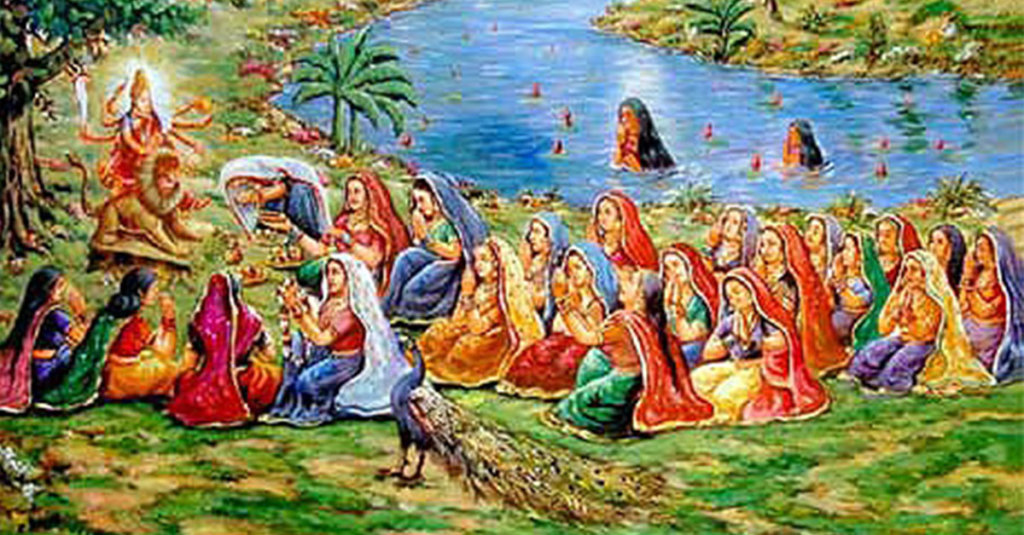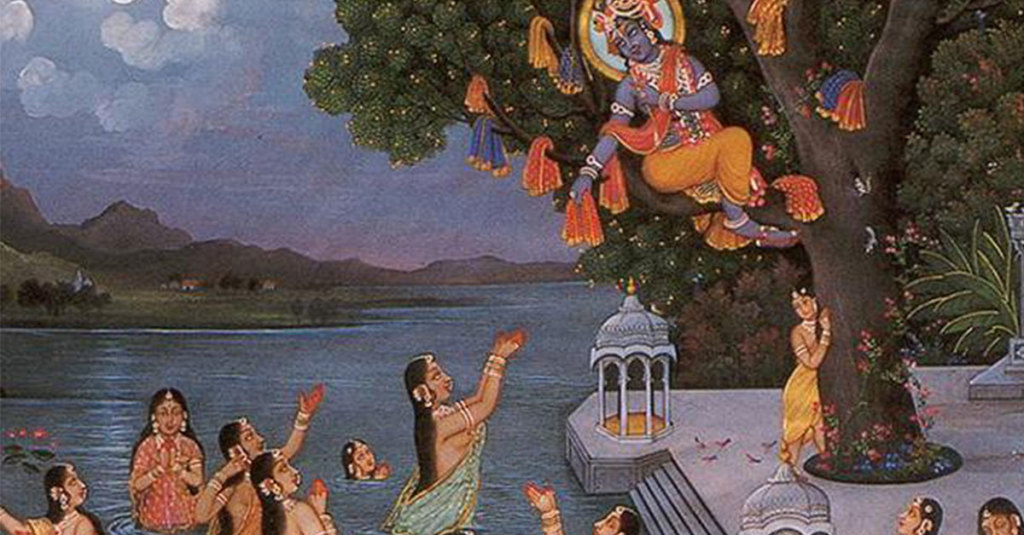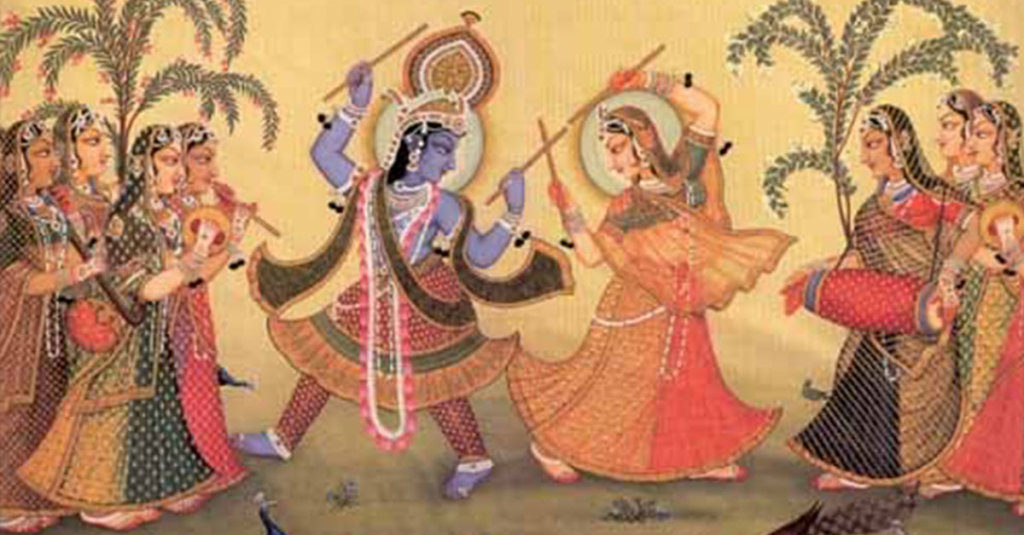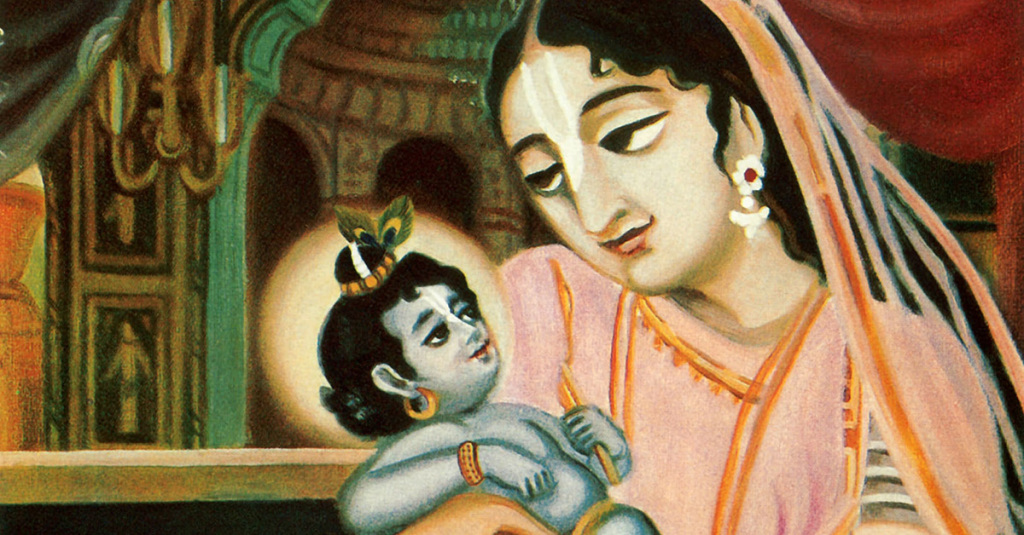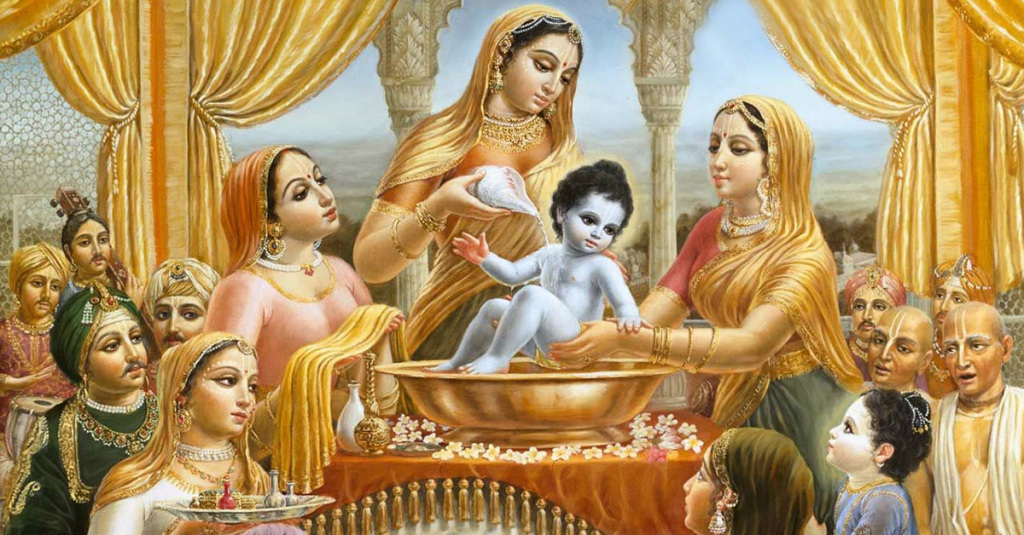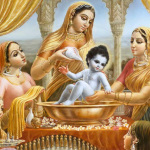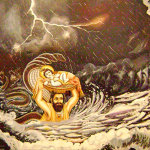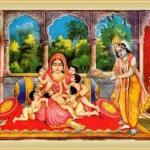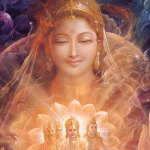NAVRATRI: SIGNIFICANCE AND CELEBRATIONS IN VRINDAVAN
Every festival has its significance in Vrindavan, and Navratri is no exception. Every Navratri, nine nights are spent worshipping Goddess Durga, the female deity representing Shakti or divine energy. This year the festival starts from October 10 and ends on October 18. During the festival, crowds assemble at the Katyayani Temple in Vrindavan to worship Devi Durga, where the cow-herding maidens or gopis prayed to Ma Durga to get Shri Krishna as their husband. Read this blog to learn more about Navratri, its significance, and celebrations in Vrindavan:
Significance
Srimad Bhagavatam 10th Canto, Chapter 22, beautifully describes how the gopis of the holy Braj worshipped Katyayani. The classic describing the life and times of Devakinandan also includes the gopis’ prayers:
“Katyayani Mahamaye Mahayoginyadhishwari
Nanda Gopa Sutam Devi Patim Me Kuru Te Nama.”
“O Katyayani! Hey! Hey Mahayogini! Oh, all-powerful goddess! We bow down to you and beg you to make the son of Nand our husband.”
According to Hindu mythology, Ma Durga is believed to be a Brajwasi too because she was born in Gokul as the twin sister of Lord Krishna. Though there are numerous Shakti temples in the holy town of Vrindavan, the Katyayani Temple has a special connection with Devakinandan’s pastimes in Vrindavan, where thousands of worshippers offer their prayers and light lamps for the Goddess of Shakti during Navratri.
Krishna Fulfilled the Gopis’ Desires
When the Braj gopis lost their heart to Devakinandan, they prayed to Mata Katyayani. After they continued their worship for a month with great devotion and persistence, Shri Krishna fulfilled the maidens’ desires by stealing their outfits when the gopis were bathing in the holy Yamuna on the final day of that month. Shyamsundar made nectarine jokes about the gopis, all of which were related to their feelings for Krishna. Finally, the Supreme Godhead, pleased with the gopis, performed the Maharasa with them.
Dandiya Ras
During Navratri, the dance of joy or Rasa of Shyamsundar and the gopis are performed. Though Navratri is associated with Ma Durga, Dandiya is actually related to Shri Krishna and His dance with the gopis, especially Radha. The dance represents realisation, signifying the joy and contentment of the mind that becomes purer and composed because of the greater understanding of the inner self.
Celebrations in Vrindavan
Navratri is celebrated in most of the households of the holy Braj. Every devotee prays to Mata Katyayani or Durga to achieve success before taking up any challenging task. During this festive occasion, Vrindavan becomes lively. In the mornings, the Brajwasis invite young girls to their abodes and honour them with beautiful gifts and specially-made food for the occasion. The streets of Vrindavan come alive with kirtans and processions. Fairs are also held during the evenings for children outside Katyayani temple, at the showground. In all neighbourhoods of the holy Braj, Ma Durga is worshipped during Navratri. After the ninth day, the idols are dismantled, implying the transient nature of all things material.
Only words cannot describe the magic of Vrindavan during Navratri. You need to be present in the holy Braj to soak in the beauty that pervades the air. Opting for a Krishnabhumi Holydays membership will let you be a part of these festivals in Vrindavan and spend 7 days every year in the holy Braj. You can also own a home in Krishna Bhumi, providing world-class living spaces, just 20 minutes from Katyayani Temple and a couple of minutes from the Banke Bihari Temple.
Radhe Radhe!
NANDOTSAVA: HOW THE HOLY BRAJ CELEBRATES AFTER JANMASHTAMI
Nandotsava is a festival celebrated following Krishna Janmashtami. The celebrations associated with the birth of Krishna find a new dimension in Vrindavan, the holy land where the Lord performed many leelas. The grand festivities continue in this holy town for six days when it transforms into Gokul. The celebrations last until the ‘Chhati Puja’, which is observed six days after the birth of Shri Krishna.
When Bal Gopal was born, all the village folks of the Brajbhumi visited Nanda’s and Yashoda’s home to be a part of the festivities. Nandotsava is the observance of Krishna’s birth and holds a special significance in Vrindavan. It is a joyful event celebrated in every house in the holy town.
When baby Krishna sat on a golden throne, all the Braj Gopis came to worship the Lord in reverence and veneration. The loud beating of the bheri drums, the bol coming from the mandalas, the dexterous beats on the dholaks, and the sound of dhinta dhinta from the dundubhis and mridangas announced the auspicious birth of Yashoda Nandan. The blissful sounds of the drums and dundubhis were augmented by the animated voices and tinkling of the anklets of the Braj Gopis as they welcomed the guests visiting Nanda’s house.
Krishna Bathed in Pure Water
Yashoda Nandan was given a holy bath with rivulets of water pouring from crystal pitchers. The bathing ceremony purified the surroundings with immaculately articulated mantras. It added waves of magnetism to Shri Krishna’s already dynamic personality. After the ceremonial bath, Yashoda Nandan looked gorgeous after He was attired in a silk dhoti of brilliant yellow and chaddar, while He was adorned with gems, jewels, armbands, and bracelets.
Celebrations in Vrindavan
On the auspicious occasion of Nandotsava, the temples in the holy town echo with devotional braj bhasa songs. Every temple in Vrindavan and Mathura celebrates the birth of Gopal in their own way. Special ceremonies such as the ‘Mangala Aarti’ are held at the Bankey Bihari Mandir during this time of the year.
The Krishna bhakts are blessed with the darshan of Bihariji at the temple, where an abhishek or sacred bathing of the idol is performed. The other rituals that follow are Maha Aarti and distribution of sweets. Many devotees maintain a fast in the holy Braj, followed by grand feasts and prasad distribution in the subsequent days of Nandotsava.
A majestic procession is taken out with real pomp and show from the Shyam Sundar Temple. Many ashrams, temples, and Krishna bhakts also take part in the grand procession, each group moving with its own tableau, singing devotional songs. The nature lovers plant Kadamba and Tamal, Shri Krishna’s favourite trees to celebrate His birth.
You can always be a part of the beautiful celebrations, surrounding the birth and life of Krishna in the holy Braj, where it all began. Spend 7 blissful days every year in Vrindavan with a Krishnabhumi Holydays membership. You can even raise your family in the holy town, the Leela Shetra of Yashoda Nandan, with a home in Krishna Bhumi.
Radhe Radhe!
Vrindavan, the city of temples
The city of temples is one of the most common titles used to address the city of Vrindavan. Home to around 500 temples, one visit may fall short for visiting all of them. However, if you are taking a trip to Vrindavan soon, we recommend you put these temples at the top of your list.
Madan Mohan Temple: This temple is located near Kali Ghat and is one of the oldest temples in Vrindavan. If you hail from Bengal then this temple will be even more special to you because of its strong ties to Shri Chaitanya Mahaprabhu.
Meera Bai Temple: Meera Bai was perhaps the most famous of the Bhakti saints. A most extraordinary woman who believed Krishna was her husband and lover. Her temple is located on the southern side of the Shahji temple near Nidhivan and is a must visit!
Banke Bihari Temple: This temple was built in 1862 and discovered by Swami Haridas in Nidhivan. It was built after the image of Banke Bihari.
Prem Mandir: Prem mandir is less of a temple and more of a spiritual complex that sits on a 54 acre site on the outskirts of Vrindavan. The temple and the deity are both made of marble and their beauty is incomparable.
Radha Vallabh Temple: This temple was set up by Hith Harivansh Mahaprabhu. This temple is especially visit worthy because apart from the idol of Krishna, it houses a crown of Radharani.
Shahji Temple: This architectural masterpiece was built by Shah Kundan Lal of Lucknow in the year 1867. House to beautiful marble sculptures, the temple is also famous for 12 spiral columns that rise fifteen feet. There is also a hall with magnificent paintings and Belgian glass chandeliers.
To add the list of these beautiful temples, ISKCON Bangalore is constructing the Vrindavan Chandrodaya Mandir. This mandir will be at the heart of the integrated township, Krishnabhumi and rise 700 feet into the sky, making it the tallest Krishna temple in the world. This temple will definitely be worth a visit!
